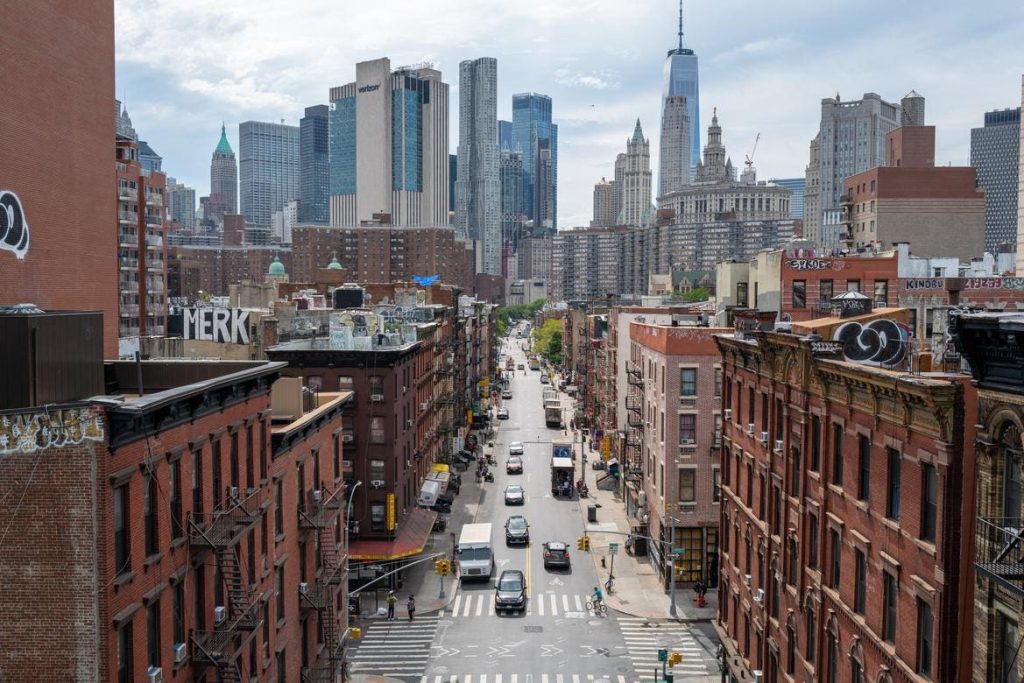First the bad news: multifamily transaction volume in New York City in Q1 2023 declined to $2.11 billion, a 39% drop from Q1 2022, Ariel’s Q1 2023 Multifamily Quarter in Review shows. The reason? Higher interest rates coupled with market volatility.
However, while the first quarter volume was lower, from a historical standpoint, it was not far off from what was considered an average over the past decade, specifically pre-pandemic and pre-2019 Housing Stability and Tenant Protection Act (HSTPA).
Moreover, New York City significantly outpaced multifamily sales across the U.S., which reported a 74% year-over-year decline according to CoStar. In addition, the first quarter slowdown was expected and marked a continuation of softening sales experienced during the fourth quarter of 2022.
The Signature Bank meltdown was not expected, however, and contributed to the uncertainty in the market, particularly in multifamily real estate, where Signature had been one of the sector’s most active lenders. As a result, the market is seeing a short-term credit crunch, which could exacerbate the well anticipated mortgage maturities and need to refinance in a higher interest rate environment.
“This quarter was the first time since the pandemic when there were no multifamily transactions over $100 million,” my partner Victor Sozio observed. “That’s pretty interesting and potentially reflective of institutional equity providers that were more cautious about where they’re deploying their capital and their hesitancy in light of all the volatility and higher interest rates.”
Free-market Buildings Continued to Perform Well
A bright spot in the first quarter was the predominantly free market multifamily buildings with at least 10 units, which accounted for 78% of the first quarter’s dollar volume.
Also, quarter-over-quarter, small multifamily (MF-MU under 6 units) free market buildings outperformed all other property types, declining only 12% in dollar volume and 7% in transaction volume. The attraction to this property type is due to a substantial number of buildings under this category having a tax class of either 2A or 2B, which are tax-class protected and limits increases in real estate taxes to no more than 8% a year.
Strong Fundamentals
Unlike in much of the nation, where rents have decreased or flattened over the past few months, in some cases dramatically, New York City rent growth in unregulated, free market buildings has remained robust. In addition, the consistent lack of housing supply in New York City almost guarantees a continued strength in the free market multifamily market.
- Free market rents rising. In Manhattan, Brooklyn and Northwest Queens, average free market rents in March rose 10% or more year-over-year, but were relatively steady compared to February.
- Supply constraint. Citywide, permits for new residential units totaled 9,862 in Q1 2023, compared to twice that number in Q1 2022 before the expiration of the 421a tax abatement in June 2022.
Pricing Gap, Seller Motivation and Mortgage Maturities
With all the challenges, the second quarter has already booked some large deals.
“As the outlook for inflation has become more optimistic, there have already been a few transactions above $100 million during the second quarter, which is promising,” Sozio said. “New listing activity remains slower, but with motivated sellers. This helps bridge the pricing gap between buyers and sellers and might lead to a stronger transaction activity as the year unfolds.”
Ariel’s advisory pipeline has grown considerably over the past quarter, indicating that many owners are considering their options and planning ahead. However, a significant amount of these landlords have mortgage maturities coming due soon as noted in my previous Forbes article. Therefore, we anticipate an increase in sellers forced to unload assets by the end of the year. Anecdotally: assumable accretive mortgages play a role in providing premium pricing for existing sellers as buyers desire the less expensive debt.
Regulated, Rent-Stabilized Housing Needs Major Relief
Meanwhile, regulated rent-stabilized housing lives on another planet. As opposed to free-market buildings, rent stabilized buildings can’t offset expenses with higher rents but must adhere to rents set annually by the Rent Guidelines Board (RGB).
However, recent data clearly shows that operating expenses keep increasing. According to the RBG study of expenses for 2021, the net revenue of buildings containing rent-stabilized units declined by 9.1% between 2020 and 2021 across the roughly 15,000 buildings surveyed. The drop—the biggest ever measured in the study’s history—was driven by rising operating costs, which increased by 5.2% citywide, as well as a 1.2% decline in average rent collections. As a result, net operating profits of rent-stabilized assets are naturally declining; add inflation to that and the problem multiplies.
As a result, the RGB has proposed a rent increase of between 2 and 5 percent for one-year leases on stabilized apartments and between 4 and 7 percent for two-year leases, with a final vote expected in June. The increases will alleviate some of the pain for rent-stabilized owners, but certainly not enough to face the mortgage reset or maturities that are coming due. In 2022, the RGB approved a 3.25% rent increase for one year leases and 5% increase for two year leases.
Short Term Credit Crunch? Yes, but Lots of Equity Too
As opposed to the short-term credit crunch, there’s ample equity from private and institutional sources ready to deploy in New York City. Therefore, free-market assets are expected to keep transacting because residential demand continues to significantly outpace the supply of housing and is supported by strong fundamentals.
We also anticipate Affordable Housing (with a Capital A) to outpace the market. Preservation deals are getting a tremendous amount of action in the city, even while the inventories are low.
As for rent-stabilized buildings, prices are back to 2014 levels as a result of the 2019 housing policy (HSTPA), which means that any policy shift might result in eager investors jumping back into the market together with long term investors, specifically for this asset class.
Read the full article here



